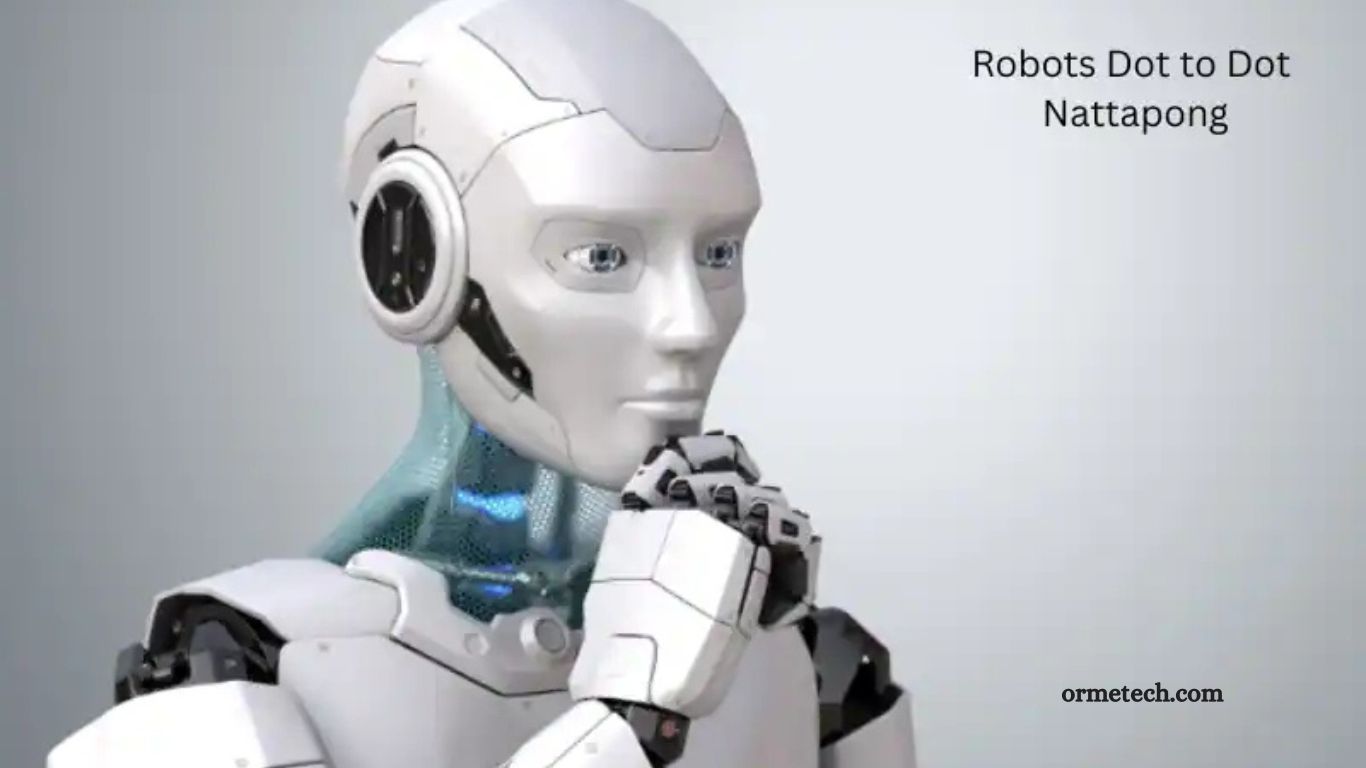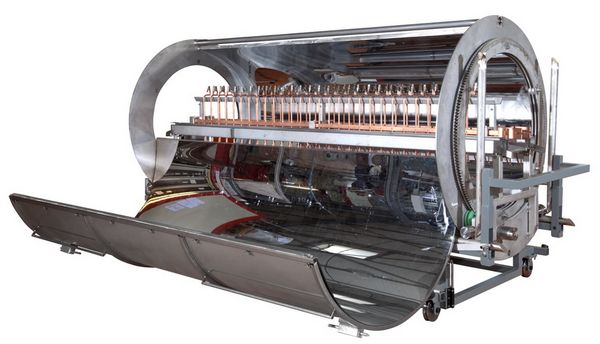Technology and education are merging in exciting ways, and “robots dot to dot” stands out as a dynamic fusion of art, engineering, and cognitive growth. Nattapong is a remarkable initiative that integrates these elements, making learning both engaging and playful. This blog explores the impact of robots dot to dot Nattapong, highlighting its applications, benefits, and potential to transform how children and enthusiasts experience robotics and creativity.
What is Robots Dot to Dot Nattapong?
Robots Dot to Dot Nattapong is a creative activity that combines dot-to-dot drawing with robotics, encouraging participants to connect dots in a sequence to reveal robotic-themed images. Blending art, puzzle-solving, and technology, this interactive approach is available through worksheets, digital applications, or even physical setups where robots contribute to the drawings, making the experience more immersive.
Read More: Izonemedia360.com Mobile: Elevating Digital Content for Mobile Users
The Vision Behind Nattapong
Nattapong is designed to spark creativity and critical thinking by merging technology with playful learning. It offers a unique platform for children and learners to explore robotics while expressing individuality through artistic creation. By transforming abstract robotic concepts into hands-on experiences, Nattapong bridges the gap between imagination and real-world application, making learning more engaging and impactful.
Why Dot to Dot Activities?
Cognitive Development
Dot-to-dot activities play a vital role in cognitive growth, enhancing focus, fine motor skills, and problem-solving abilities. As participants connect the dots, they reinforce numerical and alphabetical sequencing while improving hand-eye coordination, spatial awareness, and concentration—essential skills, especially in robotics and engineering.
Art Meets Technology
Robots Dot to Dot Nattapong seamlessly blend creativity with innovation. Traditional dot-to-dot exercises nurture artistic skills like drawing and coloring, but integrating robotics adds an exciting technological twist. Instead of just linking numbers, participants engage with robotics, sparking curiosity and reinforcing STEM (Science, Technology, Engineering, Mathematics) learning in an interactive, hands-on way.
How to Explore Robots Dot to Dot Nattapong
For Educators
- Classroom Integration: Design dot-to-dot worksheets with robotics themes to teach geometry, sequencing, and technology at different skill levels.
- Maker Spaces: Let students program tiny robots to complete dot-to-dot drawings using coding platforms for hands-on learning.
- Collaborative Projects: Encourage teamwork by having students create their robotic-themed dot-to-dot designs and refine them together.
For Parents
- At-Home Activities: Download robot-inspired dot-to-dot worksheets for fun family learning and cognitive skill-building.
- Digital Platforms: Use interactive apps to introduce kids to robotics while enhancing their digital literacy.
- Incorporating Art: Let children color or paint completed images, reinforcing creativity alongside technology exploration.
For Enthusiasts
Advanced learners can create custom dot-to-dot robotic challenges using tools like laser cutters, 3D printers, or coding platforms. Designing automated dot-to-dot activities blends creativity with robotics, making the experience both educational and rewarding.
The Future of Robots Dot to Dot Nattapong
With technology constantly advancing, educational robotics will continue to evolve. Blending classic dot-to-dot activities with modern innovations opens exciting possibilities. Future developments may include augmented reality (AR) dot-to-dot, which allows users to visualize completed images virtually, enhancing engagement and interactivity.
Robots Dot to Dot Nattapong is a forward-thinking initiative that merges engineering with artistic expression, creating a well-rounded learning experience. Beyond boosting cognitive skills, it sparks curiosity about technology, making robotics more accessible and enjoyable. As educators, parents, and enthusiasts embrace this fusion of creativity and learning, they contribute to shaping a generation that values both art and technology.
By integrating these activities into daily life, we can ignite a passion for robotics while fostering holistic development. The future is in our hands—let’s embrace the creativity, fun, and knowledge that Robots Dot to Dot Nattapong has to offer.
Frequently Asked Questions
. What is Robots Dot to Dot Nattapong?
Robots Dot to Dot Nattapong is an innovative activity that blends traditional dot-to-dot puzzles with robotics. It encourages creativity, problem-solving, and STEM learning by integrating technology into artistic expression.
How does Robots Dot to Dot work?
Participants connect dots in a sequence to reveal robotic-themed images. This can be done through worksheets, digital platforms, or even robotic tools programmed to complete the drawings.
Who can benefit from Robots Dot to Dot Nattapong?
This activity is ideal for children, educators, parents, and robotics enthusiasts. It enhances cognitive skills, improves fine motor coordination, and introduces learners to robotics in a fun and interactive way.
How can educators incorporate it into their curriculum?
Teachers can use themed dot-to-dot worksheets, integrate coding exercises for robotic drawing, and encourage collaborative projects to enhance students’ understanding of robotics and technology.
What role do parents play in this activity?
Parents can engage children in at-home dot-to-dot challenges, explore digital apps with interactive robotics puzzles, and encourage artistic expression through coloring and designing robotic-themed images.
Are there digital versions of Robots Dot to Dot Nattapong?
Yes, several apps and online platforms offer interactive dot-to-dot experiences that incorporate robotics, making learning more engaging through augmented reality (AR) or animated features.
How does this activity support STEM education?
Robots Dot to Dot Nattapong introduces core STEM concepts like sequencing, pattern recognition, and basic programming while making learning enjoyable and accessible.
Conclusion
Robots Dot to Dot Nattapong is more than just a fun activity—it’s a bridge between creativity and technology. By blending traditional dot-to-dot puzzles with robotics, this initiative fosters cognitive development, problem-solving, and a deeper appreciation for STEM education. Whether in classrooms, homes, or maker spaces, it offers a dynamic way for learners of all ages to engage with both art and engineering.
As technology advances, the potential for interactive and immersive learning experiences will only grow. By embracing this innovative approach, educators, parents, and enthusiasts can nurture a new generation of thinkers, creators, and problem-solvers. The journey into robotics and creativity starts with a single dot—let’s connect them and unlock a world of possibilities!







